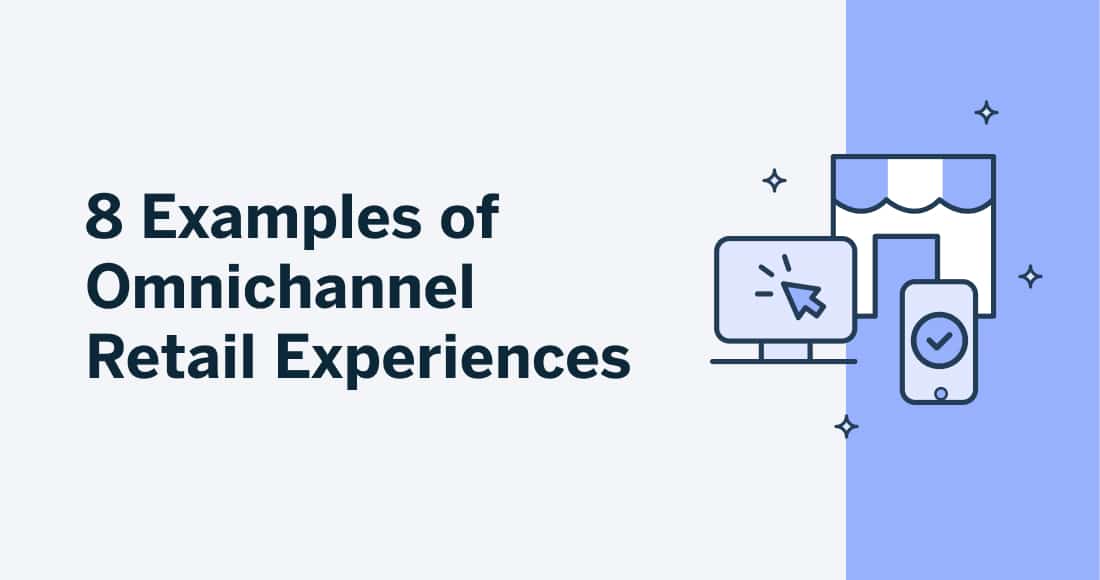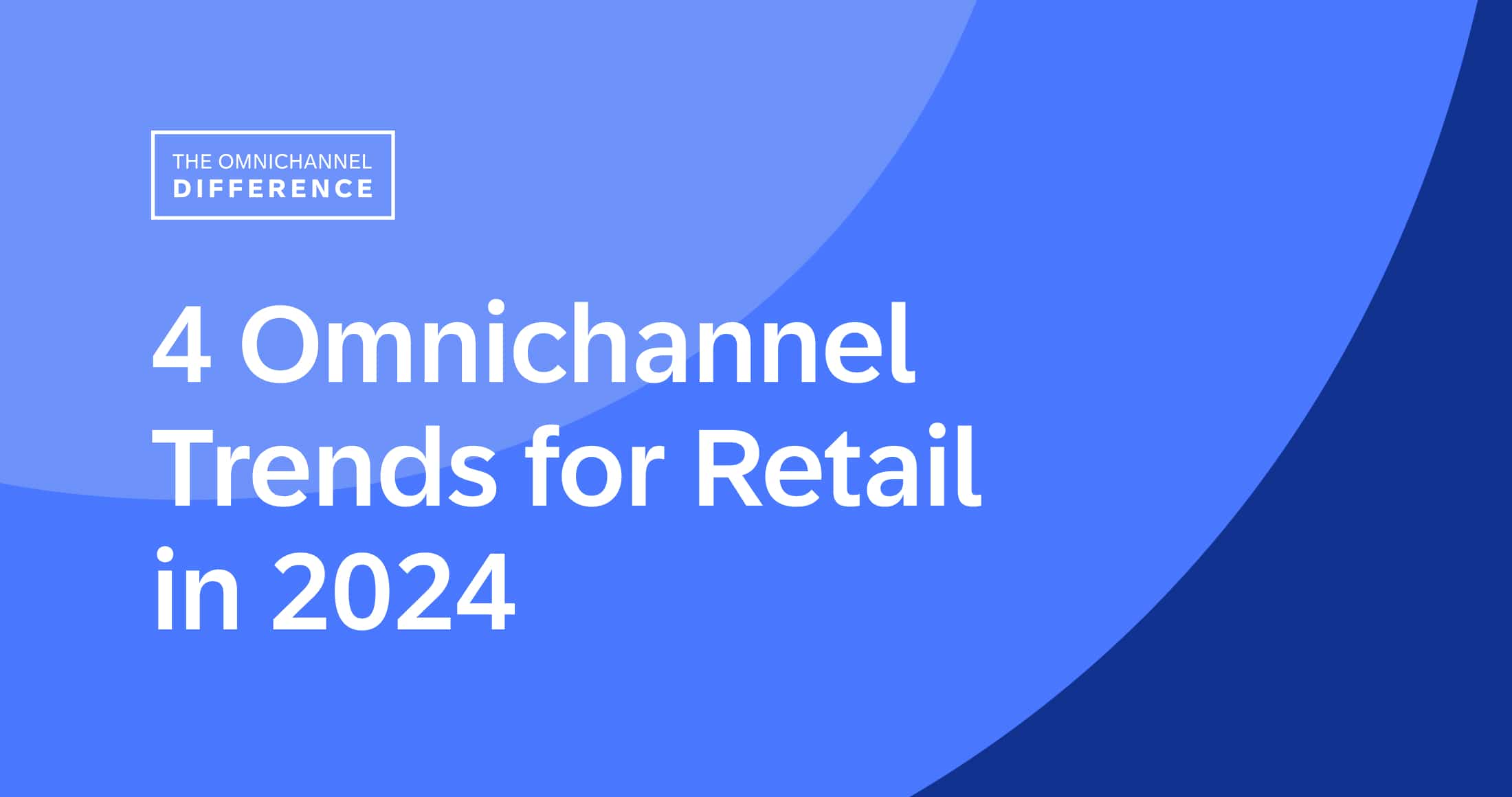Brands lean into personalization to provide a winning customer experience. Personalization requires vast amounts of good data, but sometimes a brand strands data in a silo, an isolated storage place inaccessible to the rest of the organization.
How could you possibly achieve the best results without a complete customer profile? Brands with siloed data could very well damage their current relationships with customers.
While it’s good news that brands are aware of this problem with 97% of executives saying data silos are negatively impacting their business, silos are still a widespread challenge:
- 47% of marketers say some part of their customer data is siloed and difficult to access.
- 47% of digital customer experience executives say that data silos are the biggest obstacle in providing an excellent customer experience.
- 54% of marketers say that fragmented and siloed data are the biggest barriers to leveraging customer data.
The explosive growth in e-commerce has introduced so many touchpoints where great personalization data can be gathered, but if you can’t put all that channel data together into one unified profile, how successful can your digital marketing be?
Your priority is to strengthen relationships by using personalized customer experiences. But that requires your brand to put your first-party data in one place where everyone can access it and see exactly what your customers want.
Let’s take a look at how silos get in the way of true customer-centric marketing and what you can (must) do to eradicate them and engage customers like never before.
How Silos Are Born
Generally, brands do not set out to build operational and data silos. So how are they still so pervasive?
Accelerated Company Growth
It’s easy to see how brands fall into the trap of growing at all costs. However, when you skip some of the vetting and integration steps as you acquire new software, you introduce silos. This makes it difficult to share the customer data you gather with the rest of the organization. You may even have departmental structures and policies in place that make sharing data complicated and time-consuming — especially when your brand is growing exponentially.
If this is the case, your brand may show rapid growth in the short term, but in the long run, end up with a disjointed picture of the customer. That costs you revenue and brand loyalty. For example, to make the most of business opportunities, your brand has a CRM system totally siloed from the rest of your marketing software. That means none of the data your email and mobile channels generate will go into your CRM targeting, and that means you’re leaving revenue on the table.
Out-of-Control Unintegrated Tech
The tech stack a brand builds on the fly to stay competitive in time-sensitive markets ultimately becomes an unholy nightmare to manage, especially when there’s little to no integration with the other apps your brand uses.
A 2019 report by Blissfully revealed that small businesses use around 40 apps on average, while enterprise businesses average 211 apps. What’s worse is that sometimes these apps discontinue native integration, leaving your brand in the lurch.
“What we’ve learned is that many of the most common challenges associated with big data aren’t really analytics problems,” IBM’s Big Data and Analytics Hub states. “In many cases, these problems are fundamental, even traditional, information integration problems.”
Surprisingly, many brands leverage apps that never link to a second system. For example, a lot of marketing departments still use multiple unintegrated apps. Say for example, marketing deploys automated campaigns through Marketo, but the sales team manages all their data in Salesforce.
The more insidious side to unintegrated tech stacks is that they can be self-perpetuating. When weighing the drawbacks of silos against making a play in the market, many decision-makers will opt for driving revenue, manual integration be damned — a major reason silos still exist.
Cost Aversion
The reason decision-makers are hesitant to revamp their tech stacks, despite all the problems a lack of data integration presents, is that they find the investment prospect risky. They know how much revenue they can secure with the present siloed system. Even when shown data-driven proof of how much revenue a unified and integrated platform will bring in return, investing in unifying data is a cost that many brands still resist.
Departmental Territoriality
Sometimes employees are the force behind siloing data. Departmental competition to control the data often leads to communication breakdowns. 48% of organizations say the biggest collaboration obstacle is ineffective communication between team members, and that never serves your customers, let alone your bottom line.
How Silos Cripple Your Ability to Make Business Decisions
The biggest problem that siloes present is that you don’t get a complete view of your customers OR your business, and that makes it much more complicated to make decisions that will effectively grow your revenue. Siloes hinder success in several crippling ways.
No Single Source of Truth
Decisions are based on all available, updated data. If you have data silos, you have multiple sources of truth that will duplicate or contradict each other. And it’s not just about the quantity — the quality of the data is crucial, too.
As Nick DeStefano at Revtrax points out:
“Processes create data every time they function, and it all amounts to data points for quantitative analysis. The catch is that promos and offers need to be intelligent. When it comes to actionable insights from that analysis, brands need to take practical steps to improve their data ecosystems.”
— Nick DeStefano, Revtrax
A brand cannot accurately personalize the experience when customer data is in two or more systems (typically the data is only ever updated one-way, and no data is sent back to the initial database) without all the channel data getting merged in one place (like in a single platform). Plus, a one-way data sync introduces errors, duplication, and app inconsistencies, and if there are triggers involved, you may be losing valuable data between syncs.
When you have a customer profile fragmented across multiple silos, you’ll never be able to connect that customer’s touchpoint data, mobile app usage, web browsing preferences, etc. Worse, if marketing and sales don’t use the same data, you could do your brand damage by trying to engage prospects and leads with the wrong message.
From the brand’s perspective, silos also only deliver bits of the financial analysis necessary to optimize your revenue-driving strategies. This makes it impossible to put together a comprehensive financial plan and complicates your ability to accurately budget for automated campaigns and promotions.
DeStefano illustrates the fragmented data problem: “Most promotions don’t connect digital behaviors to an actual sale for closed loop measurements. Companies that suffer from this type of limitation use promotional marketing campaigns that are only tied to a specific channel – one for email, one for social, one for display, etc. – making it impossible for marketers to connect the lucrative dots across channels. This short-sightedness makes it easy for a brand to end up wasting valuable dollars, and miss the importance of running offers because of the data received in return.”
A single source of truth is only becoming more important these days. Consider that 61% of customers engage with a brand three or more times before actually making a purchase, and for 15% of customers, the number of touchpoints rises to 11 or more.
Hampers Optimal Revenue Growth
It seems obvious that if you don’t have the complete picture of your customers, how can you have a complete real-time view of your business?
With siloed data, attribution is difficult to impossible. Worse, it can be dangerous to the business: if sales and marketing silo data from each other, billing may not be synched up with customer success, and if notifications don’t trigger correctly, you’ll lose revenue.
You won’t know marketing’s overall contribution to the bottom line, and CMOs will find it more laborious to deliver results. Right now, many retailers are still wasting dollars by running tons of ineffective and unpersonalized incentives. That doesn’t happen when your customer data sits in one platform accessible to everybody in your organization.
Weakens the Customer Experience
When it comes to the customer experience, consumers want seamless, frictionless, end-to-end journeys, no matter how many channels or touchpoints might be involved.
“One of the biggest challenges that we had in our existing environment is that our channel data was in silos, so we couldn’t deliver that coordinated communication or conversation with our customer. Now… we’ve been able to combine all of our data. So our sales data, the big ones — offline and online — loyalty profiles, product catalogues, web interactions, email engagement data, [are] all in one central location in the CDP.”
As mentioned previously, two-thirds of customers use three or more touchpoints before purchasing, and 32% say they use six or more. Each touchpoint generates insightful data about how the brand can further personalize the customer experience.
Yet 54% of companies say their customer experience is managed in operational silos, where a single channel’s engagement is measured separately from the others. According to an Experian report, 30% of marketers say that poor data quality is preventing them from delivering an excellent customer experience. That’s the thing about silos that should alarm you, that and poor customer experiences cost U.S. brands an estimated $537 billion annually.
Slows Your Team Down
Manually pulling and merging data costs time, and this will only get worse as data permissions impact all of digital marketing.
Take this scenario: Your team just realizes they don’t have critical data to help them decide how to deploy a campaign, but some of the sales team does have it. You hunt down the data, realize you can’t access it, maybe you have to involve IT, and it takes hours or a couple days to finally get ahold of it (and that is time your team could have used to analyze the data and make a play as close to real time as possible). By the time you get the data, it might not be accurate anymore. Or worse, perhaps a few human errors were introduced during the manual transfer. Any time your marketers are hunting for data, they’re not working on revenue-driving customer engagement.
According to Planview, on average, teams report wasting more than 20 hours a month because of poor collaboration and communication. This adds up to six work weeks a year. In North America, these silos cost 28 hours a month, totaling 8.75 work weeks a year.
Tech and Storage Costs More
Think about how much it costs to run every piece of software you use, and how some functions may be duplicated by several apps. Silo storage also costs you, and you’re probably paying to store the same data more than once. A single platform streamlines storage and reduces costs.
Unaligned Departments
Some brands have fostered competitive environments that keep teams who should be allies from working with each other. But there’s no point in this today as first-party data becomes an even greater brand asset. The truth is that aligned teams and allied departments reduce the cost of acquisition, create better and more frequent customer experiences, and elevate Customer Lifetime Value.
“The benefits of unifying data across channels to drive personalized experiences and to improve customer engagement are well documented. However, the other side of the coin, the operational benefits, are equally important and can help drive organizational alignment quicker. When you combine sales data with customer behavioral and sentiment data, you can better predict your customers’ needs and adjust your regional and local merchandising, inventory management and fulfillment strategies accordingly. Speed of delivery is also a critical component for companies to win and to retain customers.”
How to Handle a Silo
As brands go further into digital marketing, silos simply cannot exist. And while it can be a procedural and operational upheaval for a period of time, unifying your data is your #1 mission for the foreseeable future.
Audit, Clean and Unite Your Data
The first step is to account for all the data your company possesses. While an audit may seem daunting, it’s the only way to know how bad your silo problem is. Once you locate the data, you’ll want to separate the chaff from the usable first-party information your marketers need. That means verifying accuracy and timeliness. Simultaneously, you’ll want to investigate platforms that will best unify your data and analytical dashboards that will give you the most accurate view of your entire business.
It’s a good idea to also audit the way your team collects and manages data, including every tool they use, looking for overlaps you can consolidate. That will be your before snapshot revealing what’s integrated and what’s not. Use it to outline the specific silos you’ll have to breach.
Single Platform
By now, it should be plain to see that an all-in-one platform is the ultimate silo solution, and among the many types available, the Customer Data Platform (CDP) and the Customer Engagement Platform (CEP) are powerful not only for unifying your data but for revealing the insights about what your customers want most from your brand.
You’ll want to research APIs, campaign automation tools, automated reporting, custom dashboards that measure the KPIs most relevant to your business, and the necessary integrations to plug up the gaps in your data system.
A single platform also keeps teams and departments aligned and on track to hit the company’s overarching retention and revenue goals.
Integrate Your Stack
While an all-in-one platform solves many of your tech stack problems, you will probably still need to invest in streamlined integration, preferably the kind with an open architecture that allows you to connect to any system your brand uses. You may need to seek out applications with native integrations and open APIs to cut down on the time your IT department has to build these and to ensure you can continue using these apps for years to come. Apps with built-in use cases are a definite plus.
Ultimately, integration software should give you greater knowledge and control of your data, which in turn gives you a much sounder foundation for making business decisions.
Final Thoughts
The e-commerce boom of 2020 coupled with changes in data permissions makes it crystal clear that up-to-date, accurate customer data is the most powerful medium to both serve customers the experiences they crave and to generate the bottom-line results brands desire.
When you eliminate your operational and customer data silos, your brand can divine exactly what customers want and why they buy. A unified platform and properly integrated tech also make it easier to calculate the ROI of everything you’ve done to treat your first-party data like the goldmine it is. That puts you in the best position to deliver that ultimate customer experience.
Handpicked Related Content:















